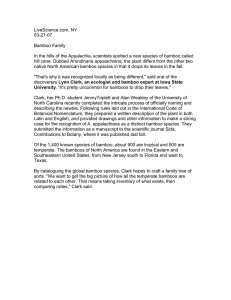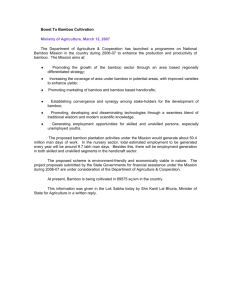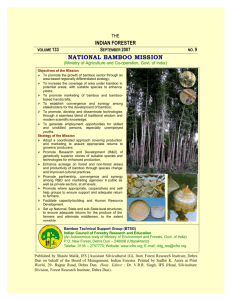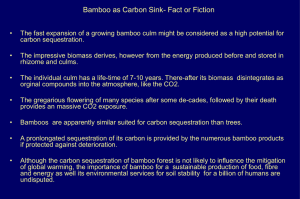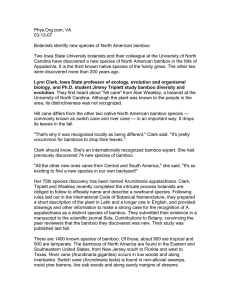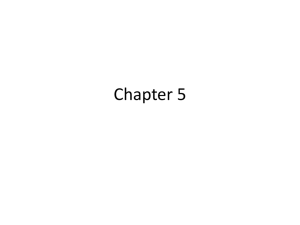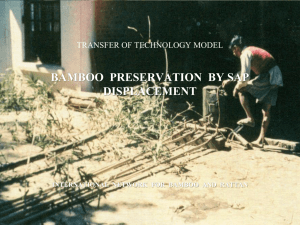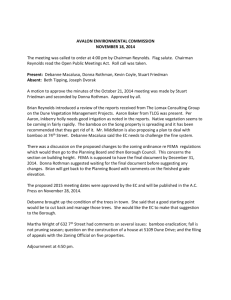Bamboo
advertisement
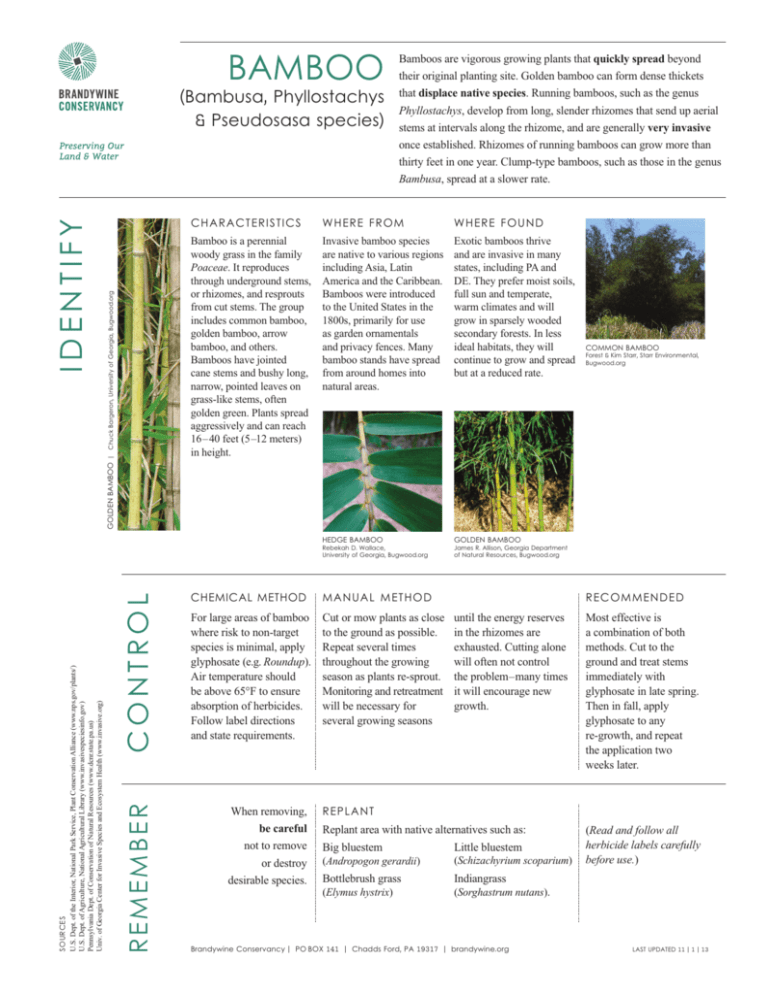
BAMBOO GOLDEN BAMBOO | Chuck Bargeron, University of Georgia, Bugwood.org IDENTIFY (Bambusa, Phyllostachys & Pseudosasa species) CH ARACTE RI S TI CS Bamboo is a perennial woody grass in the family Poaceae. It reproduces through underground stems, or rhizomes, and resprouts from cut stems. The group includes common bamboo, golden bamboo, arrow bamboo, and others. Bamboos have jointed cane stems and bushy long, narrow, pointed leaves on grass-like stems, often golden green. Plants spread aggressively and can reach 16–40 feet (5–12 meters) in height. Bamboos are vigorous growing plants that quickly spread beyond their original planting site. Golden bamboo can form dense thickets that displace native species. Running bamboos, such as the genus Phyllostachys, develop from long, slender rhizomes that send up aerial stems at intervals along the rhizome, and are generally very invasive once established. Rhizomes of running bamboos can grow more than thirty feet in one year. Clump-type bamboos, such as those in the genus Bambusa, spread at a slower rate. WH E RE FRO M Invasive bamboo species are native to various regions including Asia, Latin America and the Caribbean. Bamboos were introduced to the United States in the 1800s, primarily for use as garden ornamentals and privacy fences. Many bamboo stands have spread from around homes into natural areas. HEDGE BAMBOO REMEMBER SOURCES U.S. Dept. of the Interior, National Park Service, Plant Conservation Alliance (www.nps.gov/plants/) U.S. Dept. of Agriculture, National Agricultural Library (www.invasivespeciesinfo.gov) Pennsylvania Dept. of Conservation of Natural Resources (www.dcnr.state.pa.us) Univ. of Georgia Center for Invasive Species and Ecosystem Health (www.invasive.org) CONTROL Rebekah D. Wallace, University of Georgia, Bugwood.org CHEMICAL METHOD For large areas of bamboo where risk to non-target species is minimal, apply glyphosate (e.g. Roundup). Air temperature should be above 65°F to ensure absorption of herbicides. Follow label directions and state requirements. When removing, be careful not to remove or destroy desirable species. MANUAL ME TH O D Cut or mow plants as close to the ground as possible. Repeat several times throughout the growing season as plants re-sprout. Monitoring and retreatment will be necessary for several growing seasons WH E RE FO UND Exotic bamboos thrive and are invasive in many states, including PA and DE. They prefer moist soils, full sun and temperate, warm climates and will grow in sparsely wooded secondary forests. In less ideal habitats, they will continue to grow and spread but at a reduced rate. GOLDEN BAMBOO James R. Allison, Georgia Department of Natural Resources, Bugwood.org until the energy reserves in the rhizomes are exhausted. Cutting alone will often not control the problem–many times it will encourage new growth. RE PLANT Replant area with native alternatives such as: Big bluestem Little bluestem (Elymus hystrix) (Sorghastrum nutans). (Andropogon gerardii) Bottlebrush grass COMMON BAMBOO Forest & Kim Starr, Starr Environmental, Bugwood.org (Schizachyrium scoparium) Indiangrass Brandywine Conservancy | PO BOX 141 | Chadds Ford, PA 19317 | brandywine.org RE CO MME ND E D Most effective is a combination of both methods. Cut to the ground and treat stems immediately with glyphosate in late spring. Then in fall, apply glyphosate to any re-growth, and repeat the application two weeks later. (Read and follow all herbicide labels carefully before use.) LAST UPDATED 11 | 1 | 13
